Radio Shack TRS-80 Model 4 (Dual Boot Rom/128k/FreHD)
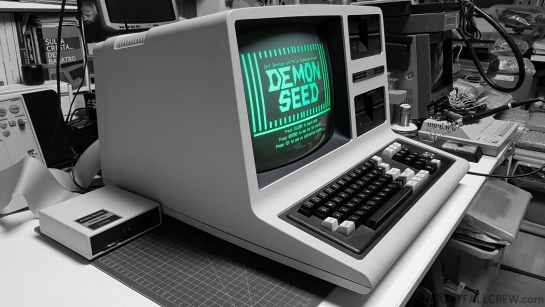
I received as a gift… we start badly,i have recover, we are not there, i purchased, much better, yet another computer from Radio Shack that was missing in my collection.
The computer equipped with several manuals and Floppy Disk was given to me by a dude (thanks Scott) from the United States, he had written “near mint” and is this phrase that attracted me.
The Computer is a Radio Shack TRS-80 Model 4 (GATE ARRAY) therefore of last production with cathode ray tube with green phosphors.
The seller was not joking saying that it was “near mint” and working, the computer is kept very well it almost seems like it has never been used, it can be observed from the cathode tube, from the pcb of the monitor and from the flyback transformer, keyboard, External and internal Case and from the power supply, the usual ASTEC, which has never warmed up, perfect.
The warranty sticker was also intact.
Since there was nothing to clean/repair i have made some hardware enhancements and little replacements.
What i have done:
- Replacement of the 3 filter capacitors (RIFA) which i usually remove and i don’t replace.
- Converted the ASTEC power supply from 115V to 230v because this version of the power supply allows it because has a 115v/230v switching.
- Replaces the 115v power plug with a schuko.
- Various labels to identify the computer has been converted to 220v.
- Installed 64k RAM to update the Model 4 to 128k (blue wire mod as well)
- Dual ROM to BOOT from FreHD or from Floppy Drive. I have used the Jim Brain ROM-el 2364 which uses a Flash ROM (AT49F001AN) but with a standard Mask ROM 2364 pinout.
- Installed a switch for Dual ROM hidden in the ventilation slots without drilling the case.
All test are made with the FreHD interface by Ian Mavric.
Gallery:
Download: TRS-80 M4 GA Dual Boot ROM (610)















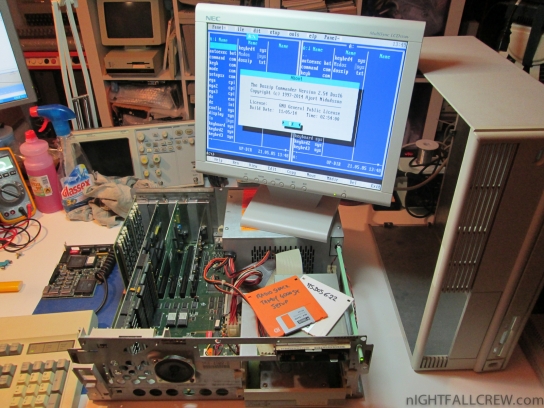





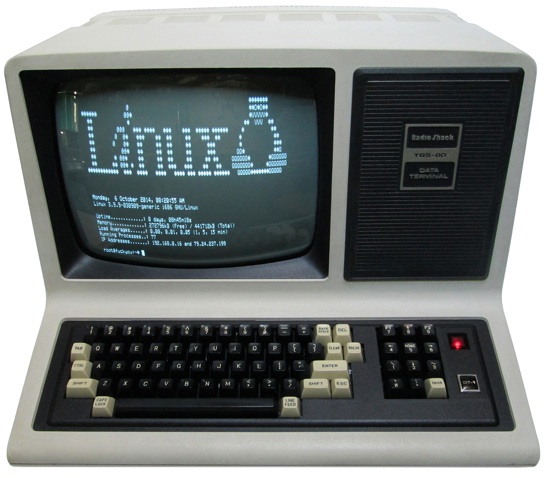















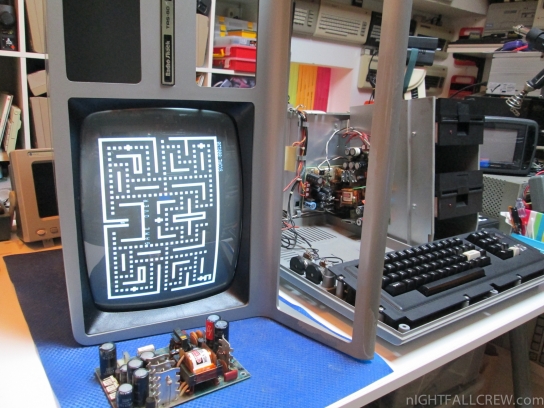






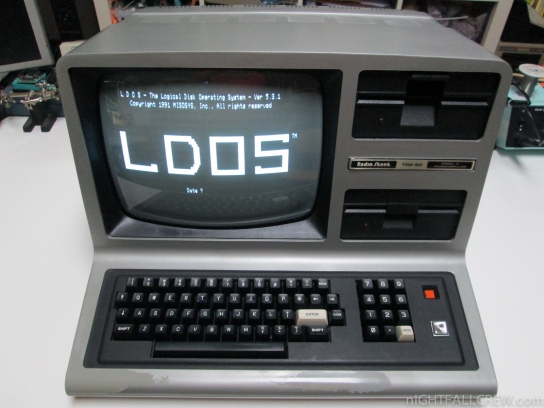















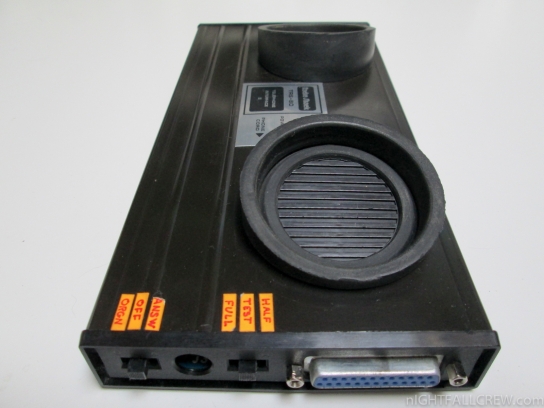









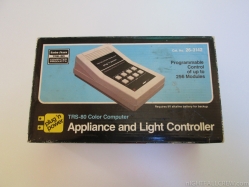















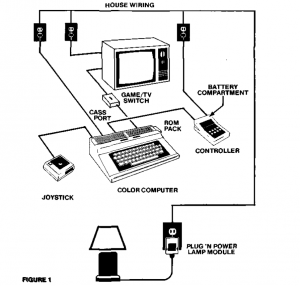

















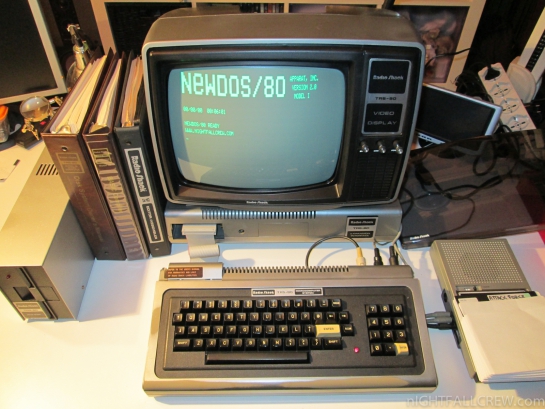















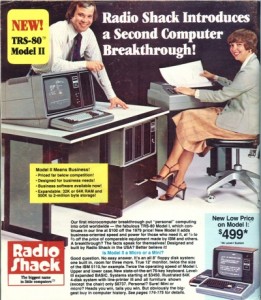
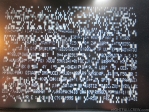
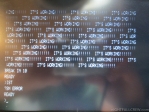
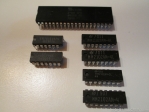
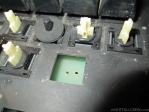
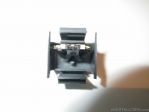
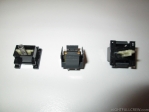
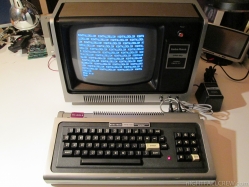















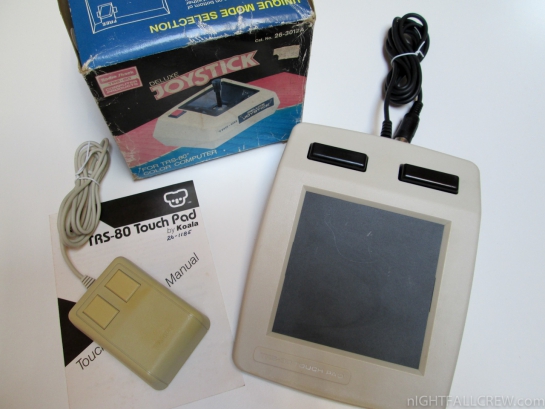



















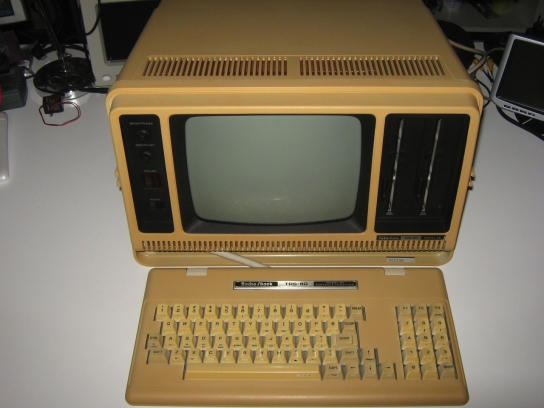


















Recent Comments